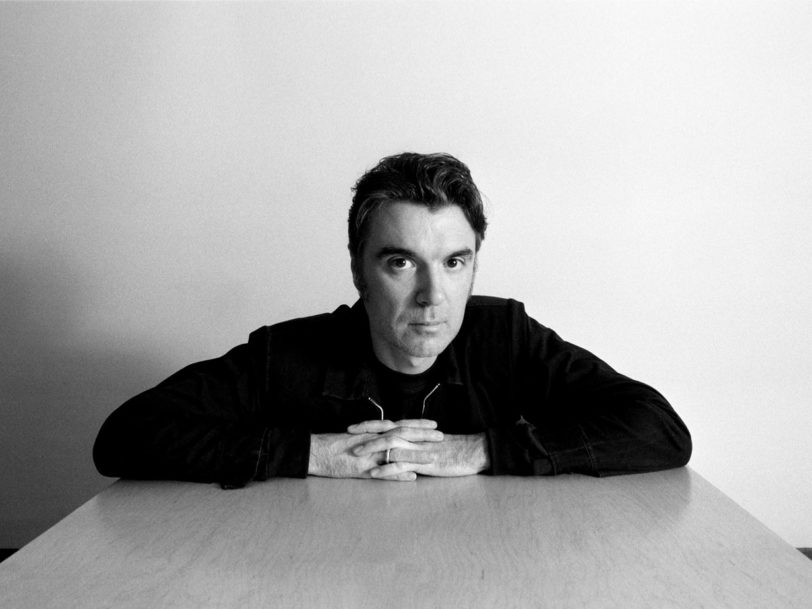“No rock moves or poses, no pomp or drama, no rock hair, no rock lights, no rehearsed stage patter.” That was Talking Heads’ manifesto, according to their leader, David Byrne, in his 2012 book, How Music Works. That attitude has informed his entire career, music or otherwise. Throughout his work, Byrne has taken delight in questioning pre-conceived ideas and looking at the world in an unconventional way, from Talking Heads’ 1977 debut single, Psycho Killer – in which he inhabited the mindset of a madman with method actor-like dedication, delighting and disturbing listeners in equal measure – to the joyously innovative American Utopia live shows of the late 2010s.
Listen to the best of Talking Heads here
Byrne’s wit, restlessness, intellect and instinct for creative risk-taking made Talking Heads one of the most influential bands of the 70s and 80s. Their eight studio albums, released between 1977 and 1988, helped define alternative music, while Byrne’s work outside the group has been no less innovative.
His 1981 collaboration with Brian Eno, My Life In The Bush Of Ghosts, was a revolutionary combination of sampling, programming and live instrumentation that changed the course of electronic music. Byrne also wrote and directed the bold and strange 1986 film True Stories, while his eclectic solo albums act as snapshots of where his natural curiosity has led him at the time. He has scored films, plays and TV programmes. He founded a record label, Luaka Bop, that has brought a fantastic array of music – Brazilian Tropicália, African funk, South Indian film scores – to a wider audience. He’s written thought-provoking and playful books on subjects as seemingly disparate as music, science and cycling. He has exhibited artwork, started his own internet radio station and launched a good-news website, Reasons To Be Cheerful. He’s also collaborated on musical projects with a wide range of artists, among them St Vincent, De La Soul, Gilberto Gil, Arcade Fire, Richard Thompson and Dirty Projectors. And that’s just scratching the surface.




